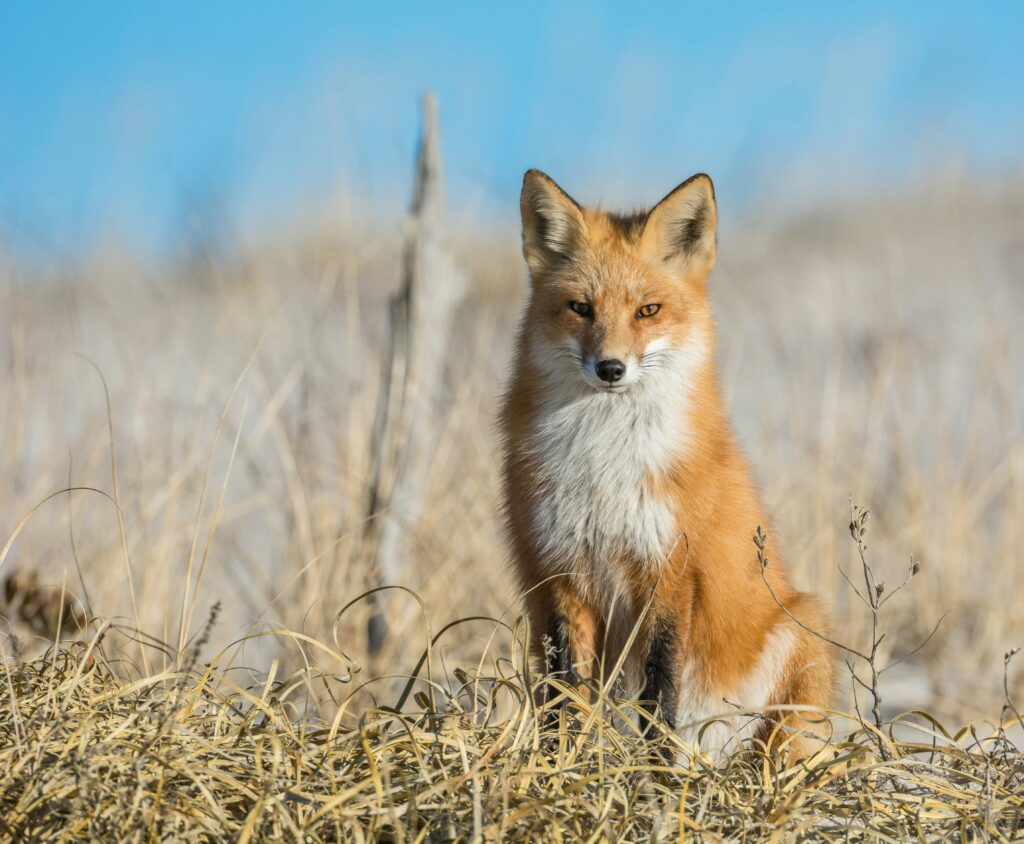Coyote trapping has evolved over centuries as a response to the increasing interactions between humans and these versatile predators. Initially seen as a necessary tool for protecting livestock, trapping has transformed into a complex practice that intertwines wildlife management, ecological balance, and ethical considerations. This article delves into the history of coyote trapping, its development, and its significance in contemporary wildlife management.
Historical Background
The coyote (Canis latrans) is a native North American species that has coexisted with human populations for thousands of years. Indigenous peoples utilized various methods to manage wildlife, including coyotes, often focusing on sustainable practices that respected animal populations (Bertram & Vivier, 2002). With the arrival of European settlers in the 19th century, the perception of coyotes began to shift. Seen as threats to livestock and game species, coyotes became targets for eradication efforts, which included trapping and hunting (Gier, 2004).

The Rise of Trapping Practices
By the late 1800s and early 1900s, the rise of the fur trade further incentivized the trapping of coyotes. Trappers capitalized on the demand for pelts, employing various techniques to capture these animals (Dunbar, 2015). Innovations in trap design, such as the development of foothold and snare traps, allowed for more efficient and widespread trapping. As coyote populations continued to grow, especially in the western United States, trapping became a standard practice for ranchers and wildlife managers aiming to mitigate conflicts with livestock and protect game species.
Regulatory Changes and Ethical Considerations
Throughout the 20th century, increasing public awareness of animal welfare and conservation issues led to calls for more humane trapping practices. As a result, various states and federal agencies implemented regulations governing coyote trapping, focusing on minimizing suffering and protecting non-target species (Parker, 2016). This shift has led to the adoption of humane traps and techniques, along with a greater emphasis on ethical considerations within the trapping community. Trappers are now encouraged to participate in training programs that promote best practices and adherence to regulations.
Modern Context and Public Perception
Today, coyote trapping is often viewed through a lens of ecological balance and conflict resolution. Wildlife managers recognize that responsible trapping can help maintain healthy coyote populations while reducing conflicts with humans. However, public opinion remains divided. While some communities support trapping as a necessary management tool, others oppose it on ethical grounds (Harris, 2020). This ongoing debate highlights the need for effective communication and engagement with the public to foster understanding and acceptance of wildlife management practices.
Conclusion
The introduction of coyote trapping has a rich history rooted in the complexities of human-wildlife interactions. From its origins in Indigenous practices to its evolution as a response to livestock protection and ecological management, trapping remains a vital aspect of wildlife management today. As society continues to grapple with ethical and ecological considerations, the future of coyote trapping will depend on balancing effective management strategies with public sentiment and a commitment to humane practices.
References
- Bertram, M. & Vivier, L. (2002). Indigenous Knowledge and Wildlife Management. Ecological Applications.
- Dunbar, M. (2015). The History of Wildlife Trapping in North America. Journal of Wildlife Management.
- Gier, H. T. (2004). Ecology and Behavior of the Coyote. University of Nebraska Press.
- Harris, L. (2020). Public Attitudes Toward Wildlife Management: A Case Study. Human-Wildlife Interactions.
- Parker, G. (2016). The Evolution of Trapping Regulations in the U.S. Wildlife Society Bulletin.